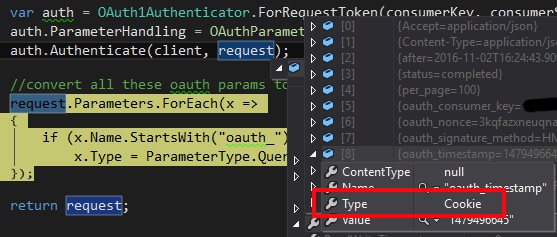The Preface
I bought a new computer a while back. I do a lot of file moving/manipulation/cleanup on my home PC because I’m an avid Plex user. For these tasks I simply use .bat or .cmd files and the Windows task scheduler. It’s quite a simple solution and generally runs like clock work. Until it doesn’t and you can’t understand why.
First Attempt
After some internet searches I stumbled across the Tweaking.com windows repair program that offered fixes and had quite a few recommendations. With my fingers crossed I installed the app and tried it out. It did not fix my Windows task scheduler problem. But I did end up buying a license for it because it’s an amazing piece of software that does a lot of optimizations.
Coding Your Own
Time to think about rolling my own. What do I need this thing to do?
- Always be running
- Run .bat or .cmd files on an interval
So for #1 something always running, I immediately think Windows service. I’ve long used TopShelf for this sort of thing. It’s highly configurable and easy to use. For #2 I considered using Quartz.NET, but I thought it would be overkill. I just rolled my own interval and tracking code. I specifically needed to run .bat and .cmd files, for this I found a project called MedallionShell. It runs commands in threads within your application. You could use it for parallelism, but I decided not to introduce that complexity into my simple use case.
Learning
This project brought some fun learning aspects. I was able to implement builds using Cake builds for C# and also automate my builds using AppVeyor. With all of this in place it will build my code and put a release on GitHub for me. Pretty nifty! Even got some badges working on the project home page.
Conclusion
I learned a lot doing this simple little project and had a lot of fun doing it. I wish I knew why the Windows task scheduler doesn’t run my tasks. I guess as long as it runs all of the other important ones, I can be good with that.

